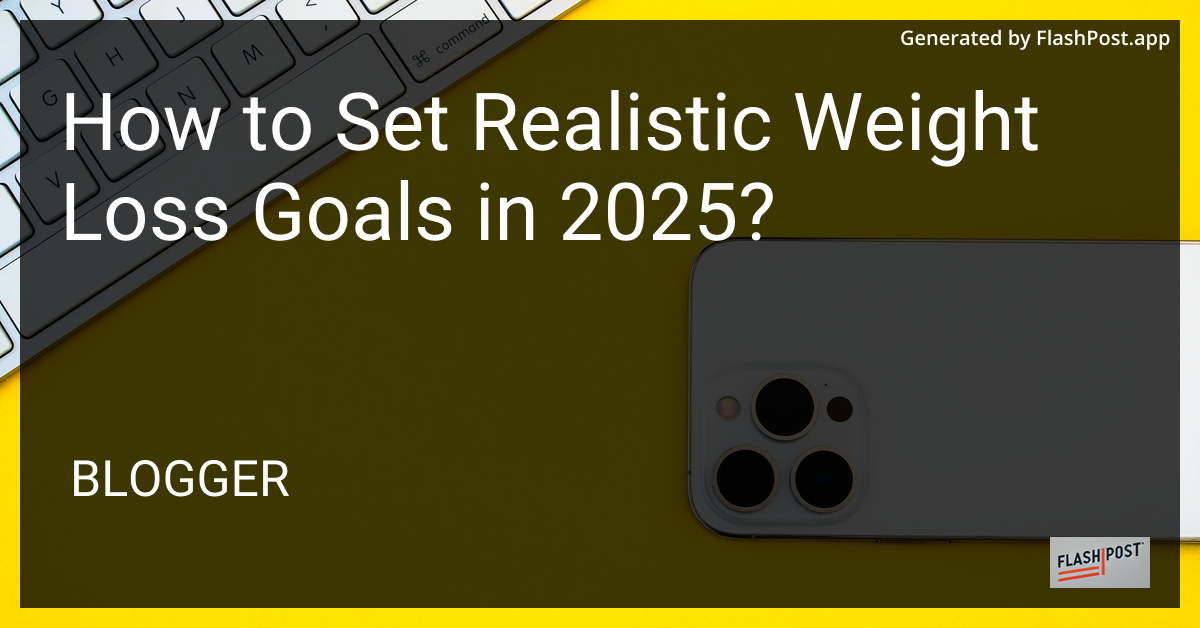How to Set Realistic Weight Loss Goals in 2025?

How to Set Realistic Weight Loss Goals in 2025
The journey to weight loss is a unique and personal endeavor that requires planning and realistic goal-setting. As we enter 2025, with new trends in fitness and health, it’s essential to understand how to set achievable targets that can lead you to success. This guide will help you set realistic weight loss goals while considering the latest effective weight loss exercises, dietary advice, and wellness innovations.
Why Setting Realistic Weight Loss Goals Matters
Embarking on a weight loss journey without clear, achievable goals is like sailing without a map. You need a clear destination and a logical route to get there. Unrealistic goals can lead to frustration and may derail your progress. In 2025, understanding the importance of setting realistic benchmarks allows you to maintain your motivation and achieve lasting change.
Steps to Set Realistic Weight Loss Goals
1. Assess Your Starting Point
Before setting goals, assess where you are starting. Consider your current weight, lifestyle, diet, and physical activity level. Tracking your body measurements and daily habits gives you a baseline to measure progress.
2. Determine a Healthy Rate of Weight Loss
A sustainable rate of weight loss is typically 1-2 pounds per week. This helps to ensure that you are losing fat rather than muscle. To achieve this, you might need to create a calorie deficit through a combination of diet and exercise. Tools like a sauna suit can help enhance your current routine if used correctly.
3. Set SMART Goals
When setting weight loss goals, use the SMART criteria: - Specific: Define what you want to achieve, for example, losing 10 pounds. - Measurable: Track your progress through a journal or app. - Achievable: Ensure your goal is realistic given your current circumstances. - Relevant: Your goal should align with other life objectives and health considerations. - Time-bound: Set a timeline to achieve your goal, such as by the end of July 2025.
4. Incorporate Exercise into Your Routine
Physical activity is crucial for weight loss. Trends in 2025 show that incorporating versatile exercises like jump rope can significantly enhance calorie burning and improve cardiovascular health.
5. Adjust As Needed
Flexibility is key in your weight loss journey. Regularly evaluate your progress and be prepared to adjust your strategies. Life can be unpredictable, and your weight loss plans might need adaptations along the way.
Conclusion
Setting realistic weight loss goals in 2025 involves a balanced approach that considers your starting point, a sustainable pace, and a flexible strategy. By setting SMART goals and incorporating the latest exercises and dietary tips, you can navigate your weight loss journey successfully. Remember, achieving lasting weight loss is a marathon, not a sprint, and the most significant victory is building a healthier lifestyle over time.
Comments
Post a Comment